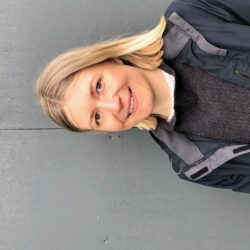Public Art Programme Campkin Road
Artworks were commissioned to enrich the new homes being built at Campkin Road and enhance the public space provided throughout the scheme.
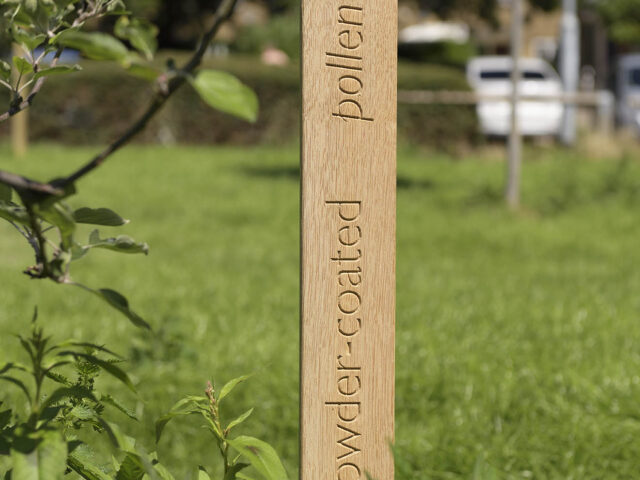
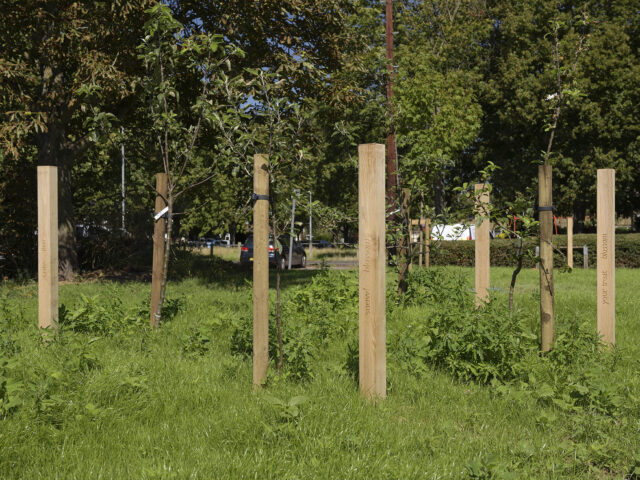
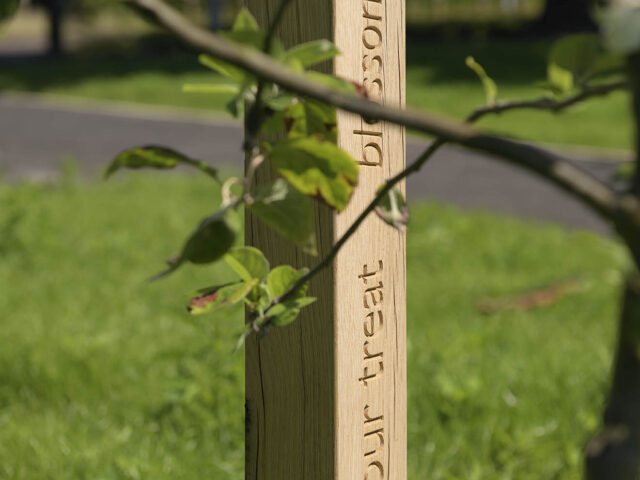
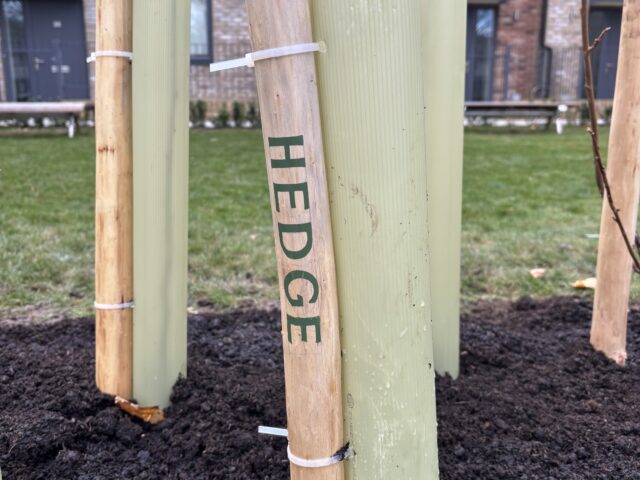
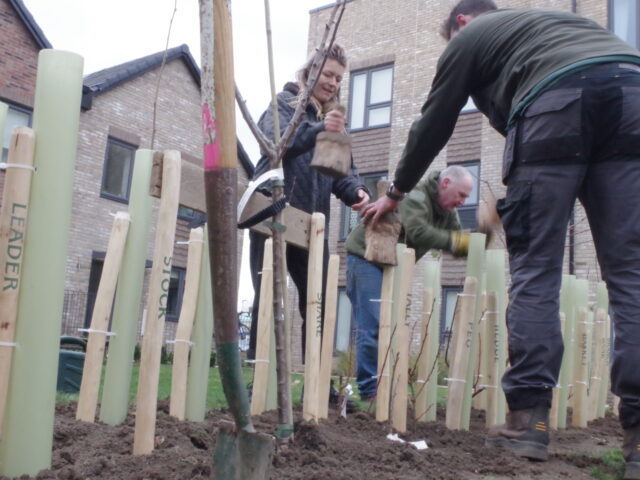
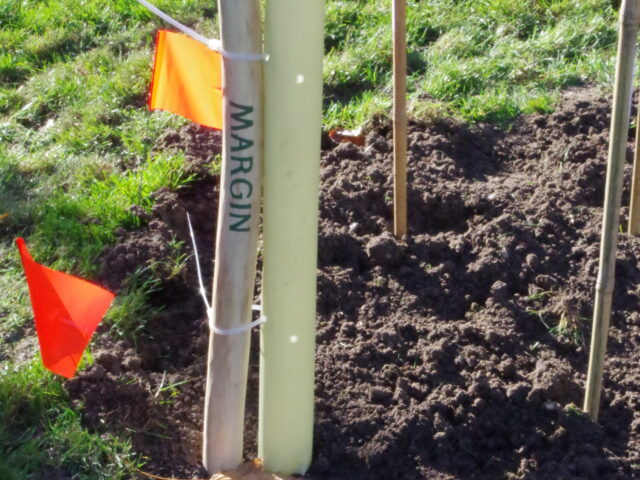
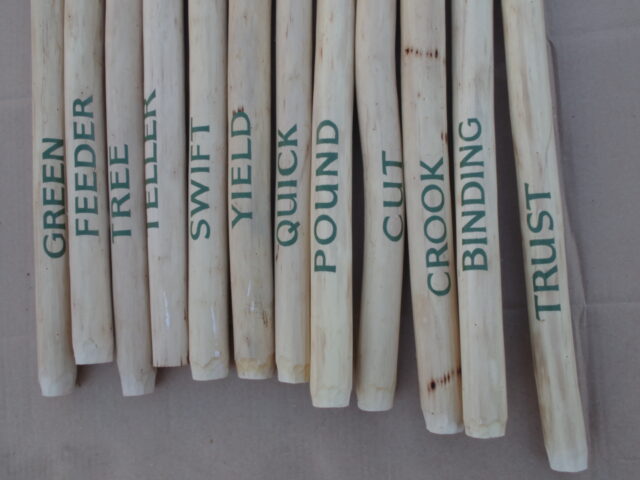
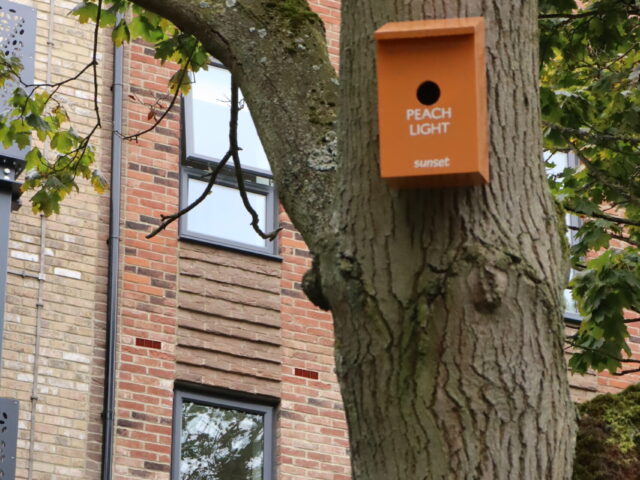
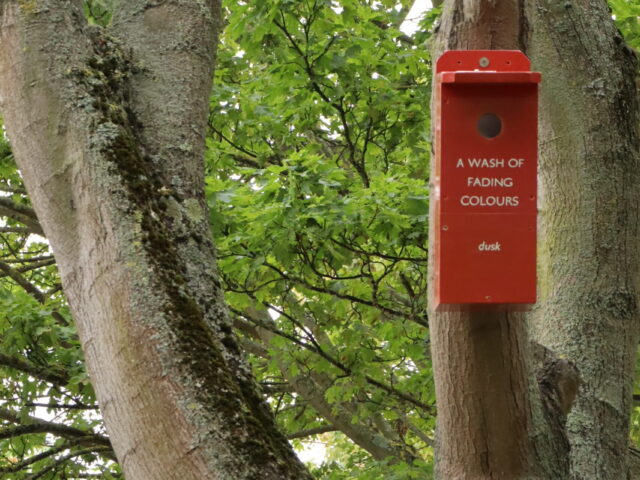
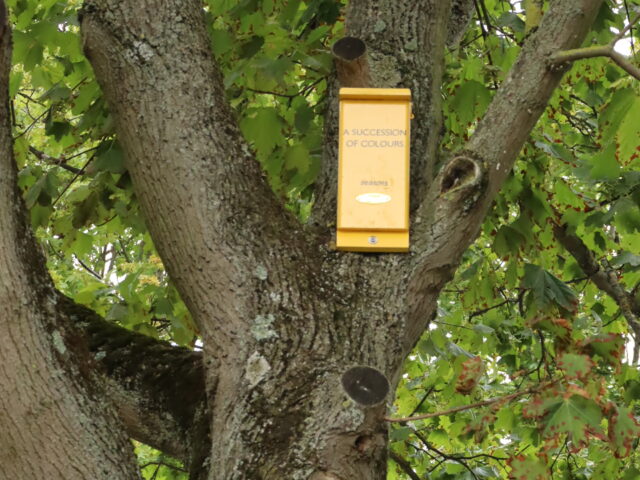
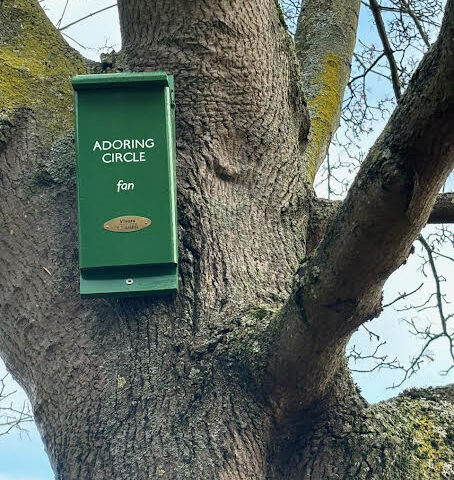
The People’s Hedge‘ by Hermione Spriggs
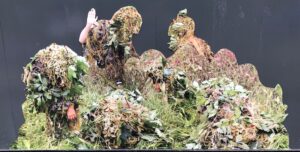
Hedge Hoardings, a temporary installation on the hoarding around the site were created by Hermione with the pupils at Grove Primary School.
Hermionie explored the origin of King’s Hedges and the role hedges have played in shaping the physical landscape and cultural identity of the area with Grove Primary students. Hermione’s research fed into the artwork now installed at Campkin Road.
Hundreds of thousands of miles of hedges were planted in England from the 16-19th centuries to enclose and secure privately owned land. This explains how hedges feature in our language – the term “hedge fund” and the investment practice of “hedging” refer to holding short and long stocks, ensuring the investor secures money despite market fluctuations. However hedges are not just abstract boundary lines, they are also places in their own right, providing safe homes for many wildlife species, as well as food, medicine and shelter for the human forager.
Sprigg’s project explored both these sides of the hedge, the cultural and the natural. The hedges in Kings Hedges tell of Neolithic settlement, Roman occupation, ancient royal hunts, land clearance and enclosure, orchards and berry fields, utopian city planning, and a contemporary desire to protect and nourish local wildlife. The hedge presents itself as a demarcating boundary, a source of nourishment, a living history, and a meeting place for people, plants and animals.
‘The People’s Hedge’ – a hedge in the middle and not around the edge – has been planted and will be laid and maintained in a traditional ‘South of England’ style. Located in the gardens in front of the new development, the hedge is a five-meter-long, double-row planted structure.
This recalls the traditional practice of planting hedges in double rows and ‘laying’ them for added security – a process which consists of cutting and bending young trees to create a barrier impermeable to livestock, whilst also keeping the landless at bay. However, the double-planting and laying of hedge trees (or whips as the young plants are known) also open up the hedge’s interior, creating a safe space for wildlife and wandering humans to shelter and rest. The density of a well-laid hedge along with its exposure to light works together to reproduce the habitat that exists on the edges of woodland, whilst the grassy slopes of the mound have been planted with strawberries and a wildflower lawn.
A scattering of hedge words will be visible on annotated stakes. This element of the work was conceived in collaboration with artist Alec Finlay, the text built from vernacular language drawn from the traditional practice of hedge-laying. These words draw attention to the relationship between literal and linguistic hedges, and between hedgerows and financial security, whilst the posts’ disintegration over time suggests optimism in the hedge’s capacity to outgrow its initial definition, offering something new.
The hedge is accompanied by a handwoven tapestry referencing the hedge both through the formal structure and imagery.
‘Haw‘ – artists Hermione Spriggs & Louise Martin (Tapestry), 2023.
“Haw”, from Old English haga, refers to a hedge, a bounded enclosure, and the fruit of the hawthorn tree.
In Celtic tradition, hawthorn branches were placed at the entrance to human dwellings for protection and good fortune. The hawthorn is itself protected by bark, which shields it from damaging insects and regulates the tree’s moisture and temperature.
The tapestry, located in the entrance to the community centre renders a section of hawthorn tree bark from the oldest remaining stretch of hedgerow in Kings Hedges, located on the Mere Way footpath just south of the A19.
‘The Sun Spoke’ by Alec Finlay
Alec Finlay was commissioned to develop work for seven of the CIP sites, creating pieces that are specific to their location, whilst connecting the different sites to identify them as part of the wider investment programme across Cambridge, helping to establish cohesion and sense of place.
Alec is a poet and sculptor and has created a range of ‘living sculptures’, tailored to each location. Microtonal in their approach, they are dispersed across the park, providing moments of reflection – such as the bird boxes with single-word poems – through to works which provide a relationship with the other artists’ proposals for the site.
To hear Alec Finlay, who has been commissioned to create artwork across the seven sites that are part of ‘Resonance-Cambridge, click on the link below.
Alec Finlay – Making Public Art Part of the Community
Artists
Artists Alec Finlay and Hermione Spriggs were commissioned to create a series of new artworks for Campkin Road.
To find out more about the artists and their previous work, please click on their photos below.
Background Campkin Road
Cambridge Investment Partnership (CIP) has provided a new residential scheme along Campkin Road. The development replaced the existing residential buildings, that are no longer fit for purpose, with 75 new, council-rented homes. A key feature of the development was the incorporation of green roofs, encouraging biodiversity.
